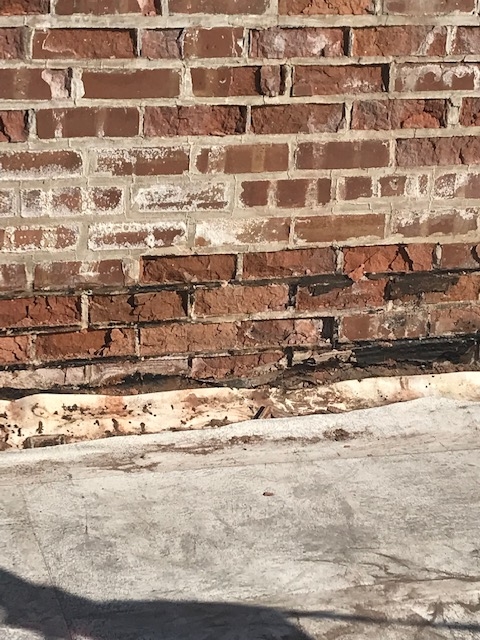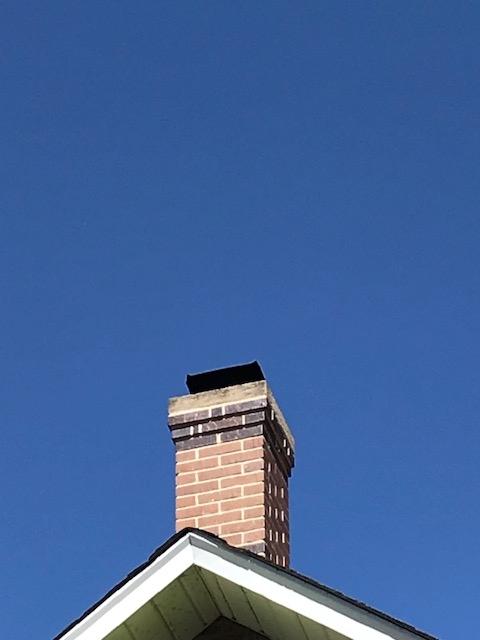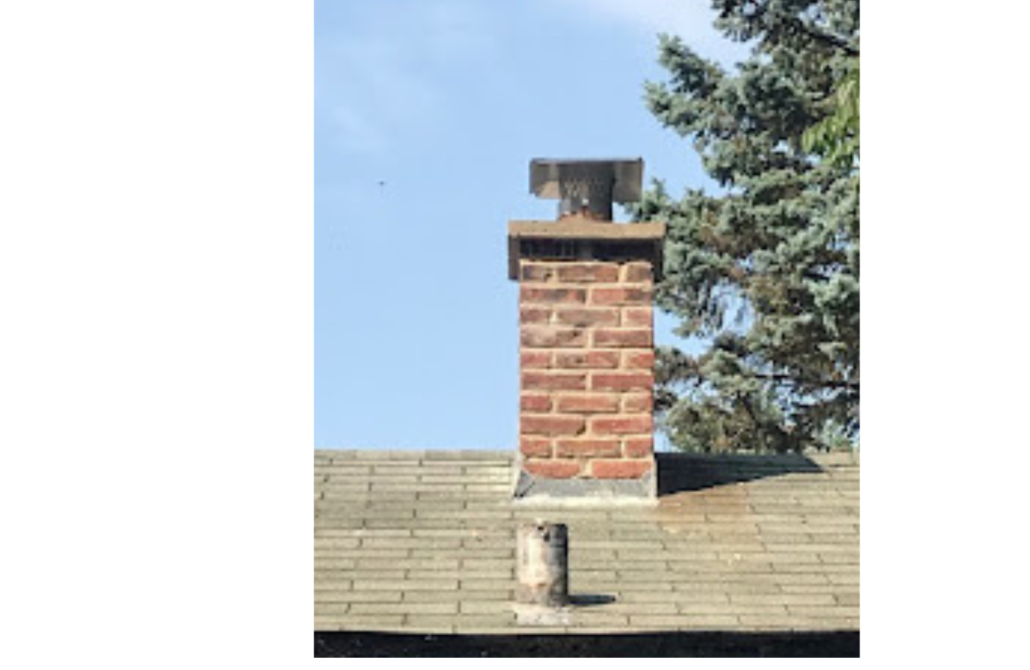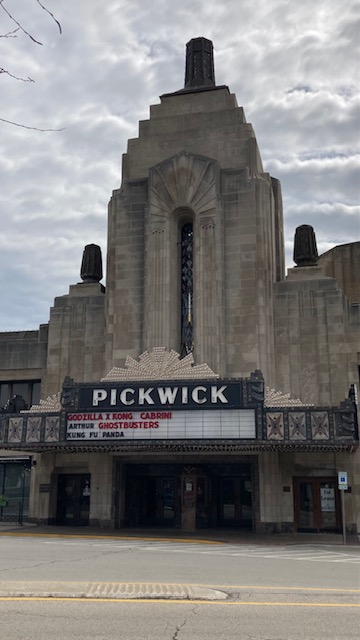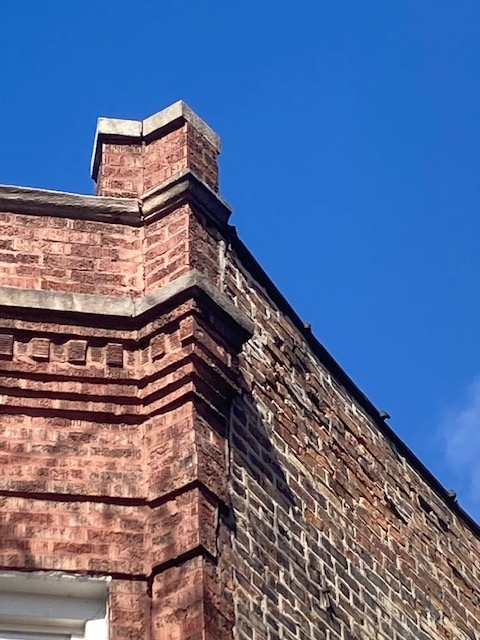Parapet Wall Repair Chicago
Repairing parapet walls in Chicago involves several key elements to ensure structural integrity, safety, and aesthetic appeal. Here are ten essential aspects of parapet wall repair in Chicago:
- Structural Assessment: Before beginning any repair work, a thorough assessment of the parapet wall’s structural condition is essential. This assessment may involve inspecting the integrity of the masonry, identifying cracks or deterioration, and determining the extent of any damage.
- Waterproofing: Chicago’s climate, with its freeze-thaw cycles and heavy precipitation, can pose significant challenges to parapet walls. Waterproofing measures are crucial to prevent water infiltration, which can lead to further deterioration and structural issues. Applying waterproofing coatings or sealants can help protect the masonry and prolong the lifespan of the wall.
- Masonry Repair: Repairing damaged or deteriorated masonry is a fundamental aspect of parapet wall repair Chicago. This may involve repointing mortar joints to prevent moisture intrusion, replacing damaged bricks or stones, and reinforcing weakened areas of the wall to ensure structural stability.
- Flashing Installation: Proper flashing installation is essential for preventing water penetration at the junctions between the parapet wall and the roof. Flashing materials, such as metal or membrane systems, should be installed to create a watertight seal and redirect water away from vulnerable areas of the wall.
- Coping Repair or Replacement: The coping stones or capstones at the top of the parapet wall are particularly vulnerable to water damage and weathering. Repairing or replacing damaged coping stones is critical to prevent moisture infiltration and protect the underlying masonry. Coping stones should be securely anchored and properly sealed to prevent water from seeping into the wall below.
- Reinforcement: In some cases, parapet walls may require additional reinforcement to improve their structural integrity and resistance to external forces. This may involve installing steel anchors or tie rods to stabilize the wall and prevent further movement or deterioration.
- Historic Preservation: Many parapet walls in Chicago are part of historic buildings or districts, requiring special attention to preservation techniques and materials. When repairing historic parapet walls, it’s essential to use compatible materials and techniques that maintain the wall’s architectural integrity while addressing any structural or aesthetic concerns.
- Tuckpointing: Tuckpointing is a common repair technique used to restore the appearance and structural integrity of masonry walls. This process involves removing deteriorated mortar from the joints and replacing it with fresh mortar that matches the original color and texture. Properly executed tuckpointing can improve the durability and weather resistance of the parapet wall.
- Expansion Joint Installation: Expansion joints are essential for accommodating thermal expansion and contraction in masonry walls, particularly in regions with extreme temperature variations like Chicago. Installing expansion joints can help prevent cracking and damage to the parapet wall caused by temperature fluctuations and seismic activity.
- Safety Considerations: Safety is paramount during parapet wall repair projects, especially when working at heights or in busy urban environments like Chicago. Implementing proper safety protocols, including fall protection measures, scaffolding or lift systems, and traffic control measures, is essential to ensure the safety of workers and pedestrians during the repair process.
Parapet Wall Repair Chicago
In conclusion, repairing parapet walls in Chicago requires careful planning, attention to detail, and adherence to best practices in masonry restoration and waterproofing. By addressing structural issues, preventing water infiltration, and preserving the historic character of these architectural elements, parapet wall repair projects can help maintain the integrity and beauty of Chicago’s built environment for future generations. The experts at FocalPoint Masonry can assess your parapet wall and recommend and perform all necessary repairs. We are licensed brick masons in the city of Chicago which means we can pull permits to work on parapet walls. A permit is necessary for any parapet wall repair Chicago if you have violations from the building department.
Schedule Your Free Consultation Now
CALL (847)496-3343
Parapet Wall Repair Chicago
